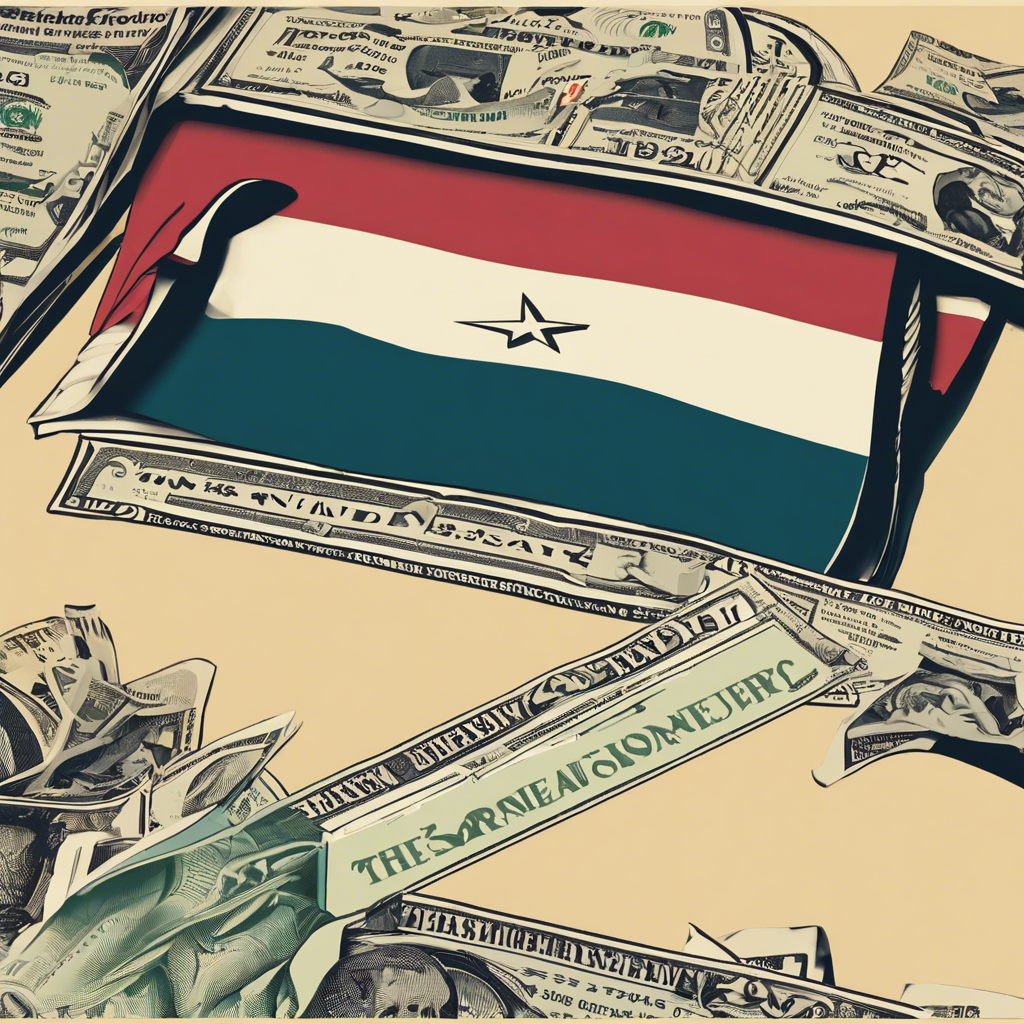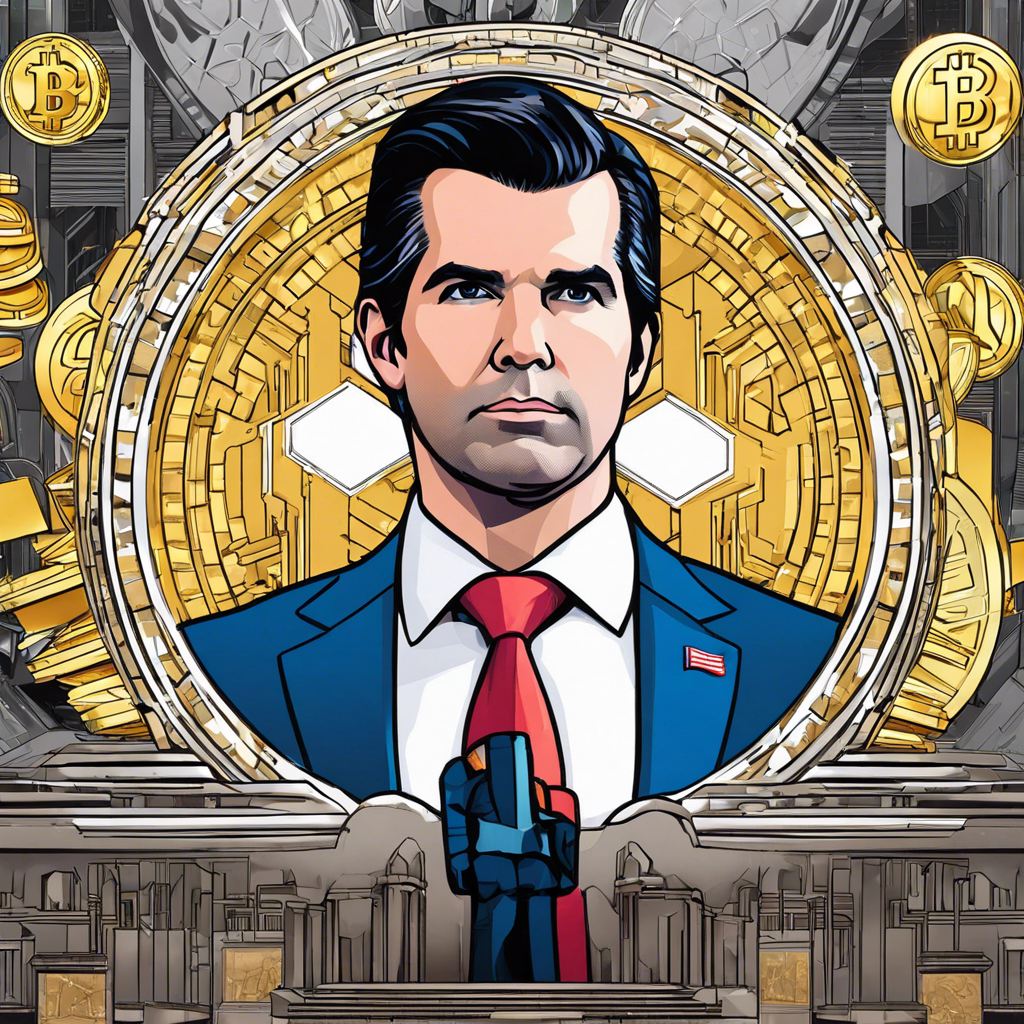The US Treasury frequently buys back government debt from investors to reduce the total debt outstanding. This impacts the economy in several ways.
When the Treasury buys back government bonds, it reduces the supply of bonds in the open market. With lower supply but steady demand, the prices of the remaining bonds rise. The higher bond prices translate into lower interest rates. Lower interest rates encourage more private borrowing and spur business investment, giving a boost to economic growth.
The debt buybacks also reduce the government’s interest costs over time. The Treasury is able to retire higher-interest debt and replace it with new debt at lower interest rates. The interest savings can then be used for other government priorities like infrastructure, education, and tax cuts.
However, large-scale debt buybacks require funding upfront, which can increase the budget deficit in the short term. The Treasury has to issue new debt to finance the buybacks, even though it is retiring old debt. This can put upward pressure on interest rates if it leads to oversupply in the bond market. Higher interest rates slow down private borrowing and spending.
Debt buybacks also reduce the total amount of risk-free assets in the economy like government bonds. This can push investors into riskier assets in search of higher returns. While this may boost returns for some investors, it also increases the volatility and fragility of the financial system.
Overall, debt buybacks are a useful tool for the government to lower its interest costs and support economic growth. However, they need to be implemented gradually to avoid unwanted disruptions in the economy. The benefits also depend on the government using the freed-up resources productively to promote long-term growth. With prudent management, debt buybacks can strengthen the fiscal position and brighten the economic outlook.




